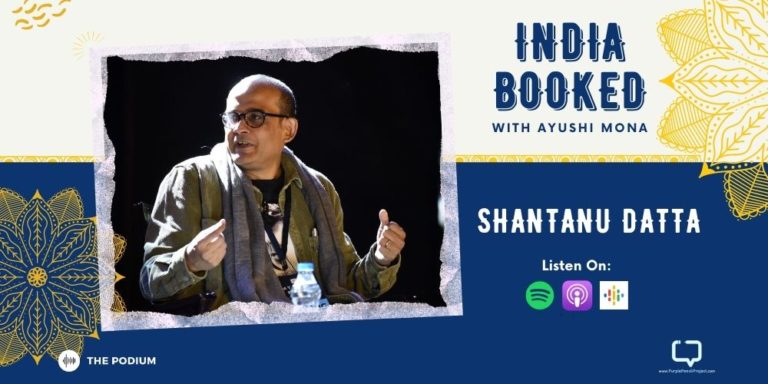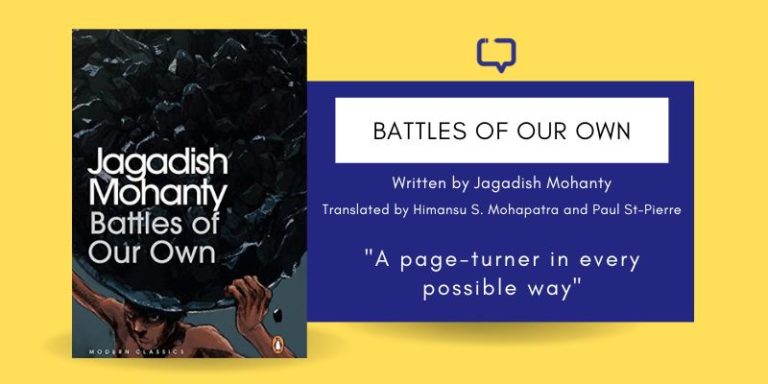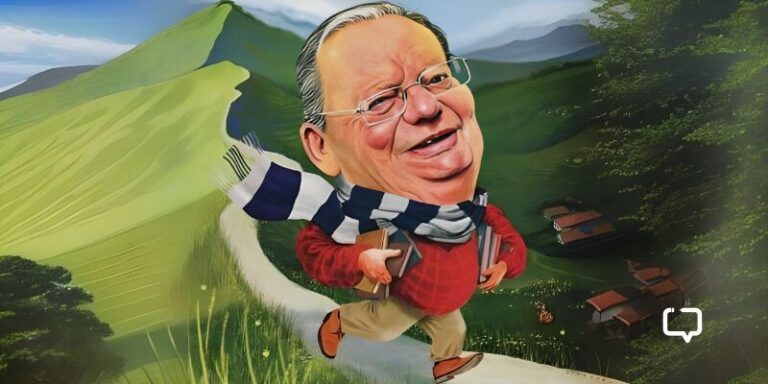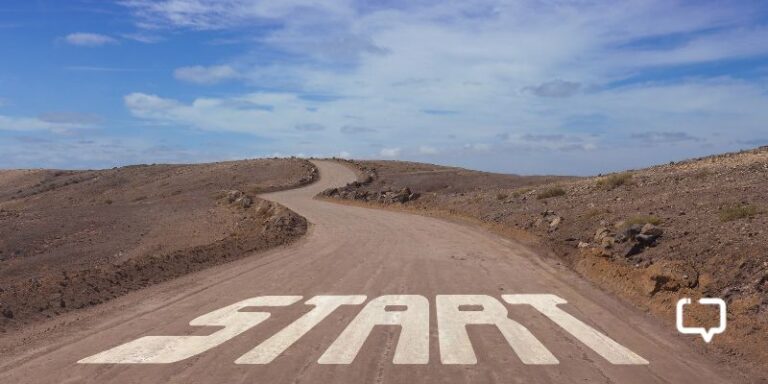Rahul Vishnoi reviews The Dirty Dozen by N. Sundaresha Subramanian (published by Pan Macmillan India, 2024).
The Dirty Dozen serves as an unsavoury reminder that there are people, even in the higher echelons, who manage to trick the system, sometimes by remaining behind the scenes and pulling the strings and sometimes by sheer audacity and colluding with the authorities in full, naked view.
In The Dirty Dozen, Subramanian lists 12 such swindlers who cheated and conned the system, sometimes willingly and sometimes when their arms got twisted by the ruthless demands of trade. A business journalist and an executive editor at Economic Times’ ET Prime, Subramanian has condensed years of research into this book.
The Origins of The Dirty Dozen
The Dirty Dozen is an iconic 1967 American war film adapted from E. M. Nathanson’s eponymous novel. The plot centres around a military mission that trains a dozen hardened convicts into highly skilled commandos for extremely dangerous missions. Almost all 12 companies that feature here have been on dangerous missions of piling up their debts and siphoning the amount off to other non-related businesses. Ultimately, filing for bankruptcy was the only way forward. On the one hand, bankruptcy can increase returns, allowing debtors to grow faster than they would otherwise; on the other, it can equally aggravate losses, especially during economic downturns. The latter can lead to severe consequences such as insolvency and asset forfeiture.
Recommended Reading: Moneywise by Deepak Shenoy: Lessons on Investing
In June 2017, the Reserve Bank of India sent shockwaves through the nation as it disclosed a list of the country’s twelve biggest defaulters who not only stood to lose their companies but were also responsible for approximately a quarter of all bad loans in the Indian banking system. The alarming discovery of “the dirty dozen” pulled back the curtain on the murky landscape of corporate irresponsibility and regulatory neglect, revealing the harsh reality of gross economic disparity.
We, the laypeople, are affected by these slimy characters more than we can imagine. Since most of these bad loans (the ones that can’t be paid and will have to be written off by the bank) have been advanced by public sector banks, the onus is on the government to plug this vast, gaping hole in the economy. And where do these wads of currency to plug this so-called hole come from? The taxpayers, of course.
The Scale of the Problem
According to a reply by Finance Minister Nirmala Sitharaman on June 24, 2019, SBI topped the bad loan chart. Punjab National Bank came second, followed by the Bank of India and the Bank of Baroda. Among private banks, ICICI Bank topped the list.
To lift the veil from the magnitude of the problem, the author compares the bad loan situations from the time of liberalisation. P. V. Narasimha Rao government formed a panel, headed by Omkar Goswami, to study industrial sickness and suggest measures for corporate restructuring. The Goswami Committee had estimated the amount of capital locked up in sick industrial units by the end of the 1980s to be $9,500 crores. Shocked? These figures look quite benign today. The total bad loans in the banking system now are about 10 lakh crore – over 100 times larger than the Goswami Committee’s estimate.
The Difficulty of Loan Recovery
But how does a bank recover an astronomical loan? The author writes that, according to experts, the recovery must start from day 1. In reality, banks are able to enforce these principles more than efficiently in the case of small borrowers like farmers and small businesspersons, often by unleashing recovery agents without any hesitation.

However, the same banks seem to develop cold feet when it comes to larger borrowers, possibly a class issue. For an average mid-level banker, who takes home about one lakh rupees a month, dictating terms to a small borrower comes easily. But how can they exhibit the same rigour for a person who gets photographed wining and dining with the political bosses and moving around in private jets?
The author mentions an anecdote about a retired Syndicate Bank official he spoke to while researching for The Dirty Dozen. The said official recalled a meeting with a Gujarati borrower who told the bankers, quite candidly, that it was the bank officials who should be afraid of investigation. The man, whose dues fell in the range of 7400 crores, bragged that the offences were civil in nature and that he had the means and the contacts to ‘handle it’.
The borrower said his maximum punishment could be a jail sentence for a maximum of six months, for which he was prepared. He even boasted about having connections who would ensure that he slept in a hotel at night and went to the jail during the day to sign his attendance. The cost would be as low as 10,000 per night. ‘I can endure it for months. You guys wouldn’t last even a day.’
The Notorious Defaulters

The first defaulter on the list is the King of Good Times- Vijay Mallya. In March 2016, he had to leave the country, famously with eleven items (though later some accounts suggested three hundred bags and a load of cargo) of personal luggage, perhaps never to return. Banks took the flak for being lax in their follow-up when the news of his departure broke. But larger powers were at work. A. K. Sharma, a Gujarat cadre officer at the CBI, is alleged to have played a crucial role by diluting the lookout notice against Mallya.
While the earlier notice issued required airport authorities to ‘stop’ his movement out of the country, Sharma turned it into an alert notice, wherein the airport staff just needed to ‘inform’ the investigators about his departure. Mallya’s destination that night was London, a favourite of political fugitives from across the globe. His photographs with the then finance minister Arun Jaitley in the corridors of the parliament were splashed across the newspapers in those times.
Other Stories and a Critique
The author has also cited the changing of governments as a major reason for the fall of the companies. With the new bosses at the helm, the corporate pundits who got away with shady deals are now brought into focus, perhaps to convince the janata of the transparency in the new governance. This is what happened with Jaypee Infratech, which enjoyed the fruits of the Mayawati government’s attention in UP, but after the new government, the company went into hot waters with thousands of people who paid money to book their apartments fighting bitter judicial battles.
Recommended Reading: A Full Night’s Thievery by Mitra Phukan
One of the most curious stories belongs to Amtek Auto, started by the son of an officer in the Haryana irrigation department. In the ten years between 2005 and 2014, Amtek Auto acquired twenty-two companies, many of them in a state of distress. Why did Amtek buy them, you might ask? Because the growth in India was not good enough. It was somewhat of a contradictory logic, but everybody played along while the money flowed.
My only grouse with The Dirty Dozen is that the author has chosen to quote paragraphs and reports from newspapers in their original format, which has bloated the book in places. In bits and pieces, it reads like a dry economic report throwing numbers in your face, not an engaging nonfiction story told by someone who knows when to pull back the dry data and when to insert them between the lines.
Have you read these hidden stories of India’s most notorious corporate swindlers? Tell us your thoughts in the comments below!






















